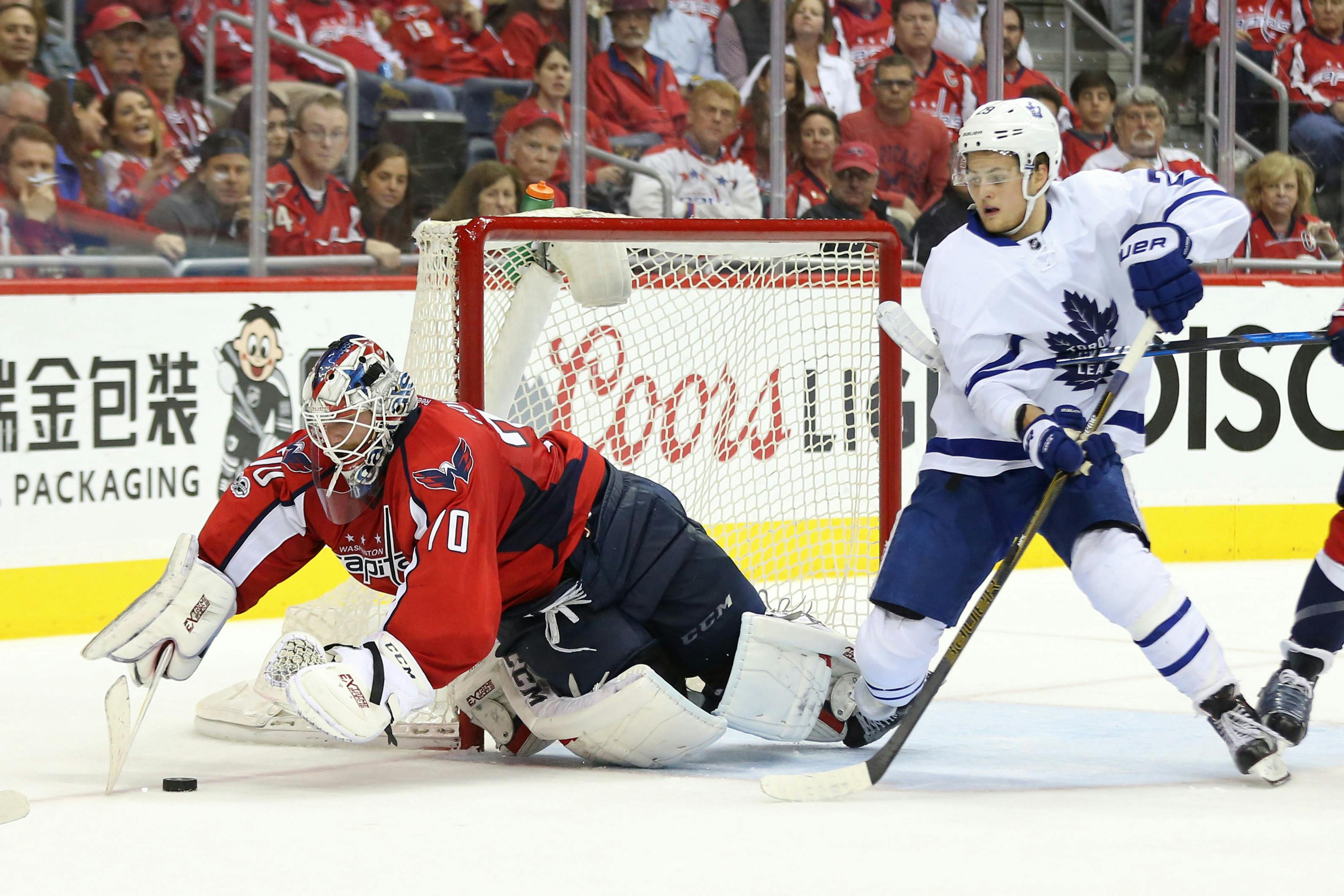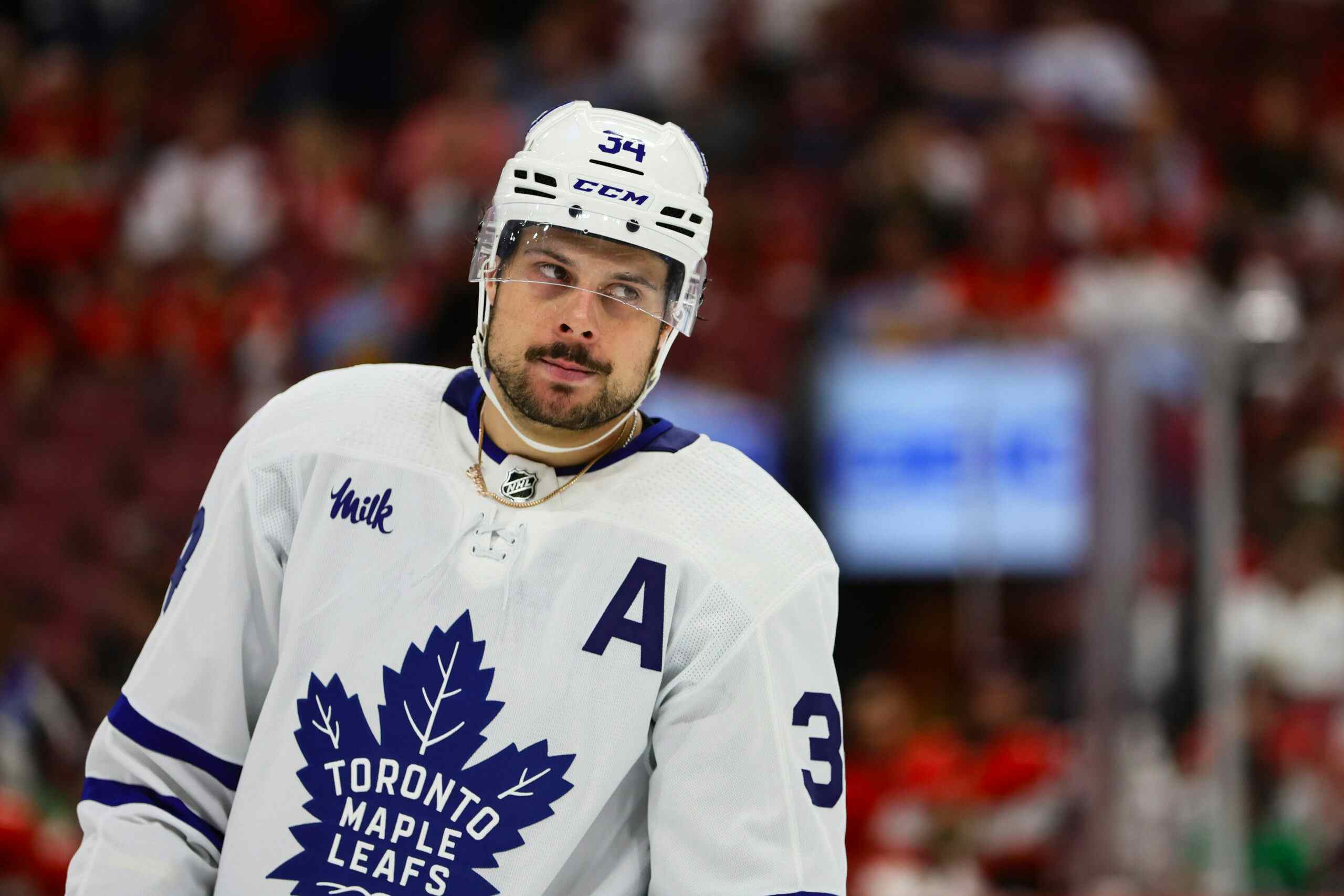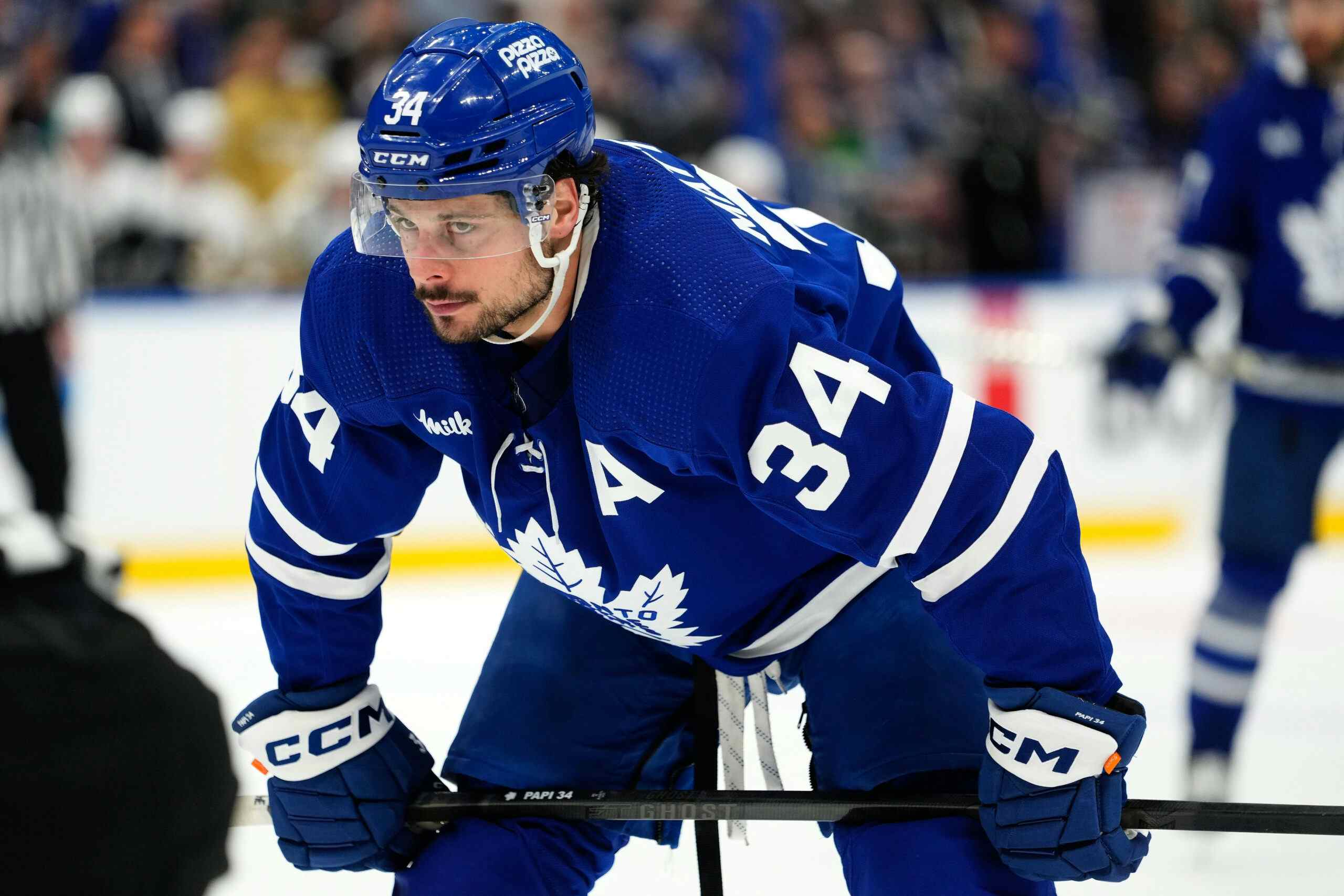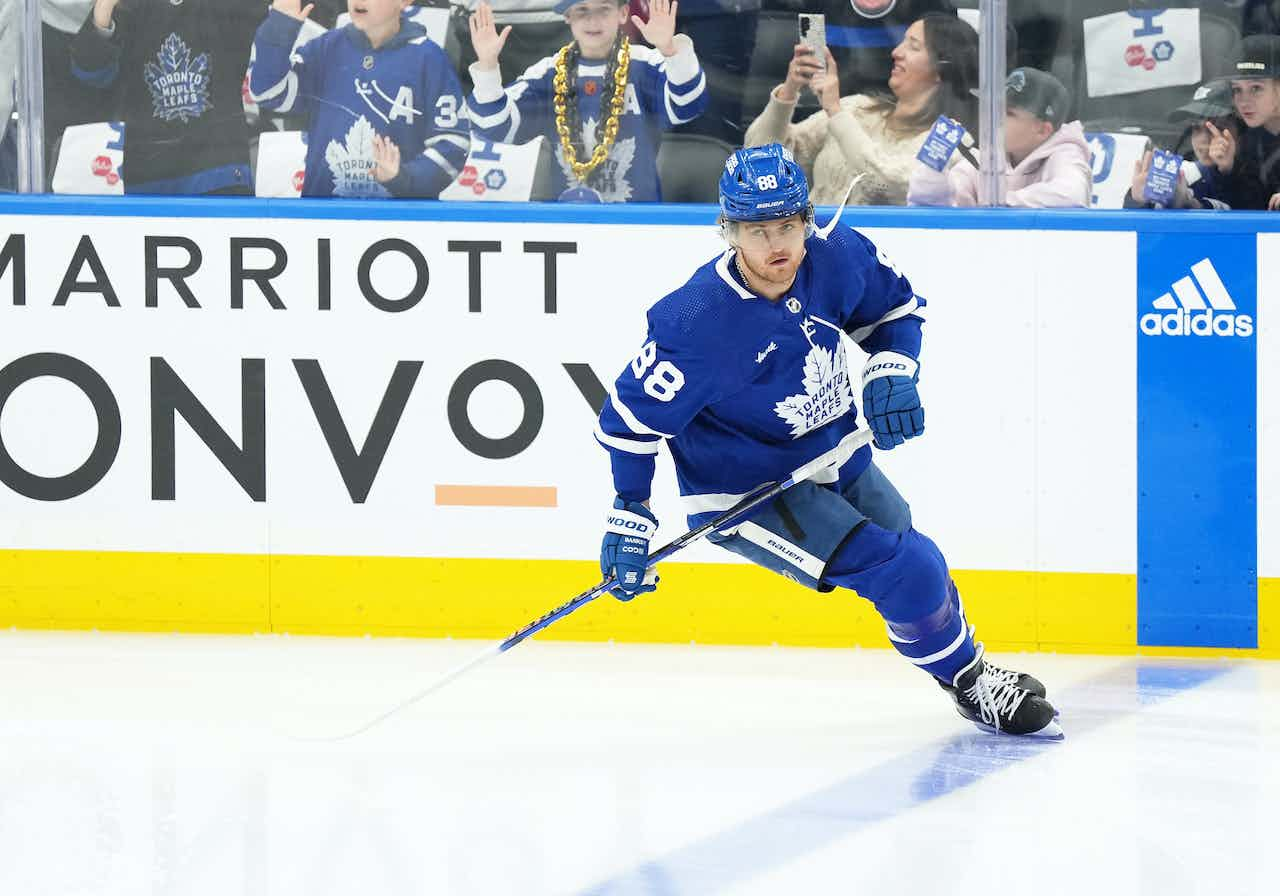Nylander’s lack of 5v5 scoring touch may not just be luck

Before William Nylander caught fire in the second half of the 2016/17 season, I wrote this short piece basically saying that the process was there and the results were bound to come. It would be easy to say “I told you so,” but there are some things I glossed over at the time which I’d like to dig into now.
When you first start digging into Nylander’s 5v5 shot rates, you’ll notice that he had the second-worst shooting percentage of the Leafs’ forward group, converting at a rate less efficient than all but his stone hands linemate Zach Hyman. My first inkling was to assume that Nylander was just unlucky this year and we should expect him to score a few more goals at even strength next season, assuming his shooting percentage regresses closer to average or slightly above average. Nylander is a very skilled player with a great shot, so it seems like the obvious signs are pointing to his conversion rate being likely to increase next season since he also produces shots at a decent rate. I mean, Matt Martin had a higher 5v5 conversion rate than Nylander this year.
Nylander ended the season with 11 even-strength goals, tied with Tyler Bozak for sixth on the team. The difference between the two, though, was that Bozak converted on 11.22% of his shots while Nylander only converted on 7.91% of his. Bozak has always been an efficient shooter, but Nylander seems to have a much higher skill-set so, again, I was still inclined to think “bad luck.”
Then I looked at DTMAboutHeart’s expected goals data and was surprised to see that the model didn’t really believe Nylander was unlucky at all. His 11 goals were virtually dead on with his 11.2 ixG, while Bozak’s numbers were very similar (11 goals vs 10.83 expected goals) despite Nylander shooting much more frequently. It’s important to note that the model takes career shooting efficiency into account, so Bozak’s high career shot conversion rate is accounted for here, while Nylander doesn’t have much of a sample size to account for yet. Nonetheless, this caught my attention and got me curious about the classic “shot quality” debate.
First I looked at individual scoring chances per hour and found that Nylander didn’t rack up scoring chances for himself at a particularly high rate. In fact, the only Leaf forwards who had less individual scoring chances per hour on the ice were Frederik Gauthier, Leo Komarov, Brian Boyle, Matt Martin and Nikita Soshnikov. Not exactly offensive stalwarts. This is likely a result of Nylander taking shots from an average distance of more than 28 feet, closer than only Martin, Boyle and Soshnikov. Here is a good visual comparison of Nylander’s shot locations versus his most frequent linemates, Zach Hyman and Auston Matthews via hockeyviz.com by Micah Blake McCurdy, which I recently subscribed to and I highly recommend you do the same.



Hyman had the closest average shot distance on the team at 20.77 feet, which makes it even more impressive that he only converted on 4.48% of his shots, while Matthews was fourth on the team at 22.77 feet. One thing Nylander could do to help improve his shot distance and therefore the likelihood of converting on more shots is switching to left wing, or at least spending more time on the left side in the offensive zone. It’s clear that he’s more comfortable on the right side by the way he stays there even on the power play, but I think it would be very beneficial for him and the team to flip him to the left side. A right-handed shooter taking all of his shots from the right side greatly diminishes the danger of said shots. His stick is on the board side of the ice, forcing him to shoot across his body, making the angle much more difficult and also creating more distance between the puck and the net. If he’s on the left side, his stick is closer to the middle of the ice which opens up a lot better shooting angles and more potential targets. Below is a visual from this piece by Matt Cane a few years ago on this very subject. The data is from 2010 through 2014.

Notice that forwards convert on a significantly higher percentage of their shots from the middle while on their off-hand. In total, players shooting from their off-hand converted on 9.9% of their shots while players on their on-hand converted on 8.6%. Of course, being such a perfect creature, Nylander can still make it look easy sometimes.
So, since Hyman only shoots from the top of the crease anyway, flip those two wingers if you still want that line in tact. I’d rather put, say, Kasperi Kapanen with them, but just for the sake of simplicity, we’ll assume that line is staying intact. This is also assuming that Babcock meant it when he recently said Nylander will not be moving to centre next season. I’d also like to see Nylander get more shots from in tight, but Matthews and Hyman both frequent that area and Nylander is really good at facilitating from the perimeter. In fact, Ryan Stimson’s passing data had Nylander leading the Leafs in expected primary assists and points per hour during the sample size tracked this year, which was around 1/8th of the Leafs’ 5v5 time.


*Both visuals by Sean Tierney.
I think this is why Matthews and Nylander’s games compliment each other so well. Nylander is the facilitator, he’s the guy with the controlled entries and flawless open ice skills to go along with the great vision to create something out of nothing from the perimeter in the offensive zone. Matthews is the shooter with the quick release and the good hands in tight who knows how to make himself available to go along with the ability to take pucks from the opposition like it’s nothing.
Ultimately, I think the only thing I would change in Nylander’s game by next season is convincing him to play on the left side of the ice. It’s obviously something he himself needs to get comfortable with, but it would make a significant difference in his shot quality and most likely add a couple of goals to his totals.
Who knows, the added threat might even make his linemates that much more dangerous.
Recent articles from dylan fremlin





